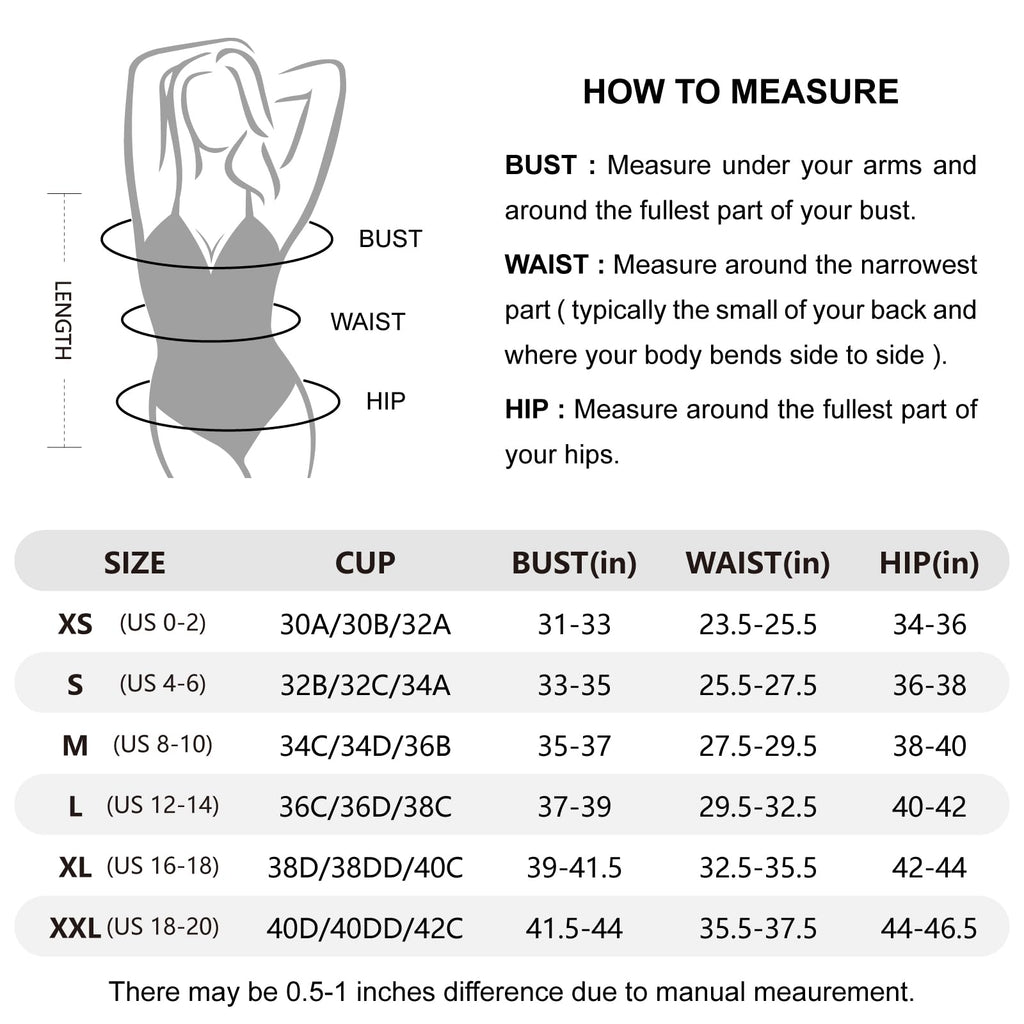Choose the Surfing Wetsuit
Surfing is a thrilling water sport, but it requires specialized gear to keep you comfortable and safe while riding the waves. Asurfing wetsuit is an essential piece of surfing gear, and choosing the right one can make all the difference. Here are some tips to help you choose the right surfing wetsuit.
Consider the Water Temperature
The water temperature is the primary factor to consider when choosing a wetsuit. If you are surfing in cold water, you will need a thicker wetsuit. For warmer water, a thinner wetsuit is sufficient. The thickness of the wetsuit is measured in millimeters, with thicker wetsuits being warmer and thinner ones being more flexible.
Check the Fit
A well-fittedsurfing wetsuit should be snug, but not tight. The suit should conform to your body without restricting your movements. A properly fitting wetsuit will also prevent water from entering, keeping you warm and comfortable.
Look for Quality Material
The quality of the material used to make thesurfing wetsuit is critical. A high-quality wetsuit is made of neoprene, a synthetic rubber that is durable, flexible, and resistant to water. The seams of the wetsuit should also be flat-stitched or glued and blind-stitched to prevent water from seeping in.
Consider the Style
Wetsuits come in different styles, including full suits, springsuits, and shorties. A full suit covers your entire body, while a springsuit covers your torso and arms, leaving your legs free. A shorty covers only your torso and thighs, leaving your arms and legs exposed. Choose a style that suits your surfing needs and preferences.
Think About Your Budget
Wetsuits come in different price ranges, and the cost is often determined by the quality of the material and the brand. Set a budget and look for a surfing wetsuit that meets your needs without breaking the bank.
In conclusion, choosing the rightsurfing wetsuit is essential for a successful and enjoyable surfing experience. Consider the water temperature, fit, material, style, and budget when making your selection.
Consider the Water Temperature
The water temperature is the primary factor to consider when choosing a wetsuit. If you are surfing in cold water, you will need a thicker wetsuit. For warmer water, a thinner wetsuit is sufficient. The thickness of the wetsuit is measured in millimeters, with thicker wetsuits being warmer and thinner ones being more flexible.
Check the Fit
A well-fittedsurfing wetsuit should be snug, but not tight. The suit should conform to your body without restricting your movements. A properly fitting wetsuit will also prevent water from entering, keeping you warm and comfortable.
Look for Quality Material
The quality of the material used to make thesurfing wetsuit is critical. A high-quality wetsuit is made of neoprene, a synthetic rubber that is durable, flexible, and resistant to water. The seams of the wetsuit should also be flat-stitched or glued and blind-stitched to prevent water from seeping in.
Consider the Style
Wetsuits come in different styles, including full suits, springsuits, and shorties. A full suit covers your entire body, while a springsuit covers your torso and arms, leaving your legs free. A shorty covers only your torso and thighs, leaving your arms and legs exposed. Choose a style that suits your surfing needs and preferences.
Think About Your Budget
Wetsuits come in different price ranges, and the cost is often determined by the quality of the material and the brand. Set a budget and look for a surfing wetsuit that meets your needs without breaking the bank.
In conclusion, choosing the rightsurfing wetsuit is essential for a successful and enjoyable surfing experience. Consider the water temperature, fit, material, style, and budget when making your selection.
















